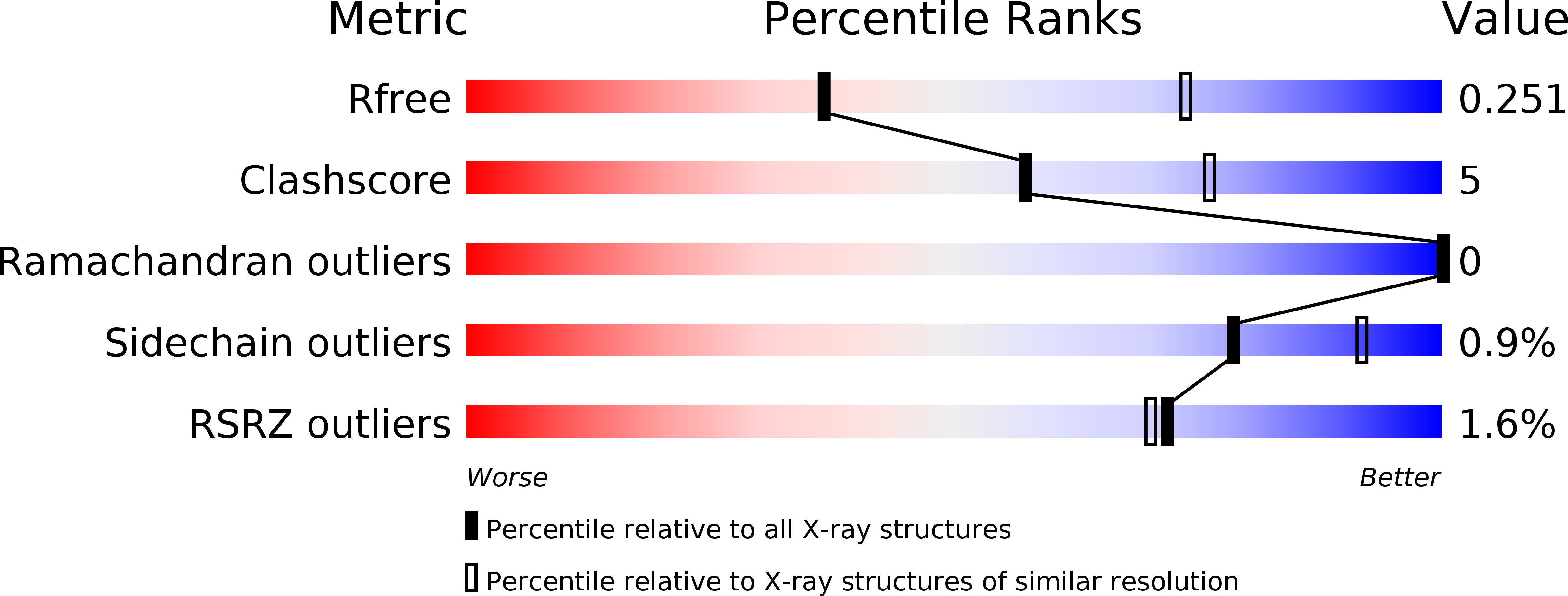
Deposition Date
2015-08-03
Release Date
2015-09-30
Last Version Date
2024-10-23
Entry Detail
PDB ID:
5D17
Keywords:
Title:
Structure of the C-terminal domain of TnsE at 2.85 resolution
Biological Source:
Source Organism:
Escherichia coli (Taxon ID: 562)
Host Organism:
Method Details:
Experimental Method:
Resolution:
2.85 Å
R-Value Free:
0.25
R-Value Work:
0.22
R-Value Observed:
0.22
Space Group:
P 1 21 1


